“Battlegroup” WW2 Tactical Wargame Part Three – Battlefield Options
May 30, 2016 by brennon
Welcome back, Beasts of War, to our continuing article series on the “Battlegroup” World War II miniatures game, presented by Ironfist Publishing and Plastic Soldier Company. My name is James Johnson (@Oriskany), and together with Piers Brand (@piers), I hope these articles inspire you to give the Battlegroup system a serious look.
In Part One of our series we reviewed Battlegroup’s basics, and Part Two looked at the fundamentals of fire and movement. Yet these are just the basics, it’s time to get stuck in to some of the more detailed options that Battlegroup has to offer, like close combat, morale, airstrikes and anti-aircraft fire, and special unit abilities.
Close Combat
One of the deadliest tactics available to infantry in just about any wargame is close assault, and Battlegroup is no exception. Your men fix bayonets, load their SMGs, prime their grenades, and go in for the kill. There’s just one problem. This tactic can be deadlier to you than it is to your opponent … if you’re not careful.
Infantry units that get a “Close Assault” order can execute such an assault against an enemy unit within five inches. The usual required “observation” check is waived since there’s no missing the enemy trooper when he’s in your foxhole. Attacking squads also get a bonus d6 for their grenades, but both sides get Rate of Fire bonuses for SMGs.
However, the enemy gets the same simultaneous attacks against you, which sometimes leads to bloodbaths where both sides effectively annihilate each other. Thus, pin the enemy down with mortars or other HE weapons first, so they don’t get that reciprocal attack. This is just another way that Battlegroup rewards tactics over brute force.
Infantry can also make close assaults against vehicles, even the mightiest of tanks. However, this can also be very dangerous. With a successful attack, infantry can assault vehicles with mines, grenades, or Molotov cocktails, getting a strength “6” attack against enemy side or rear armour. Just be ready to take some casualties, however.
Fortunately, later in the war infantry get dedicated antitank weapons like the British PIAT, the American bazooka, and the German panzerschreck and panzerfaust. Of course, infantry don’t need to use dangerous Close Assault rules to employ these weapons. Given the range of these tools, however, they still have to get dangerously close.
Morale
Morale is an incredibly important element to any fighting force, almost as unpredictable as it is vital. In Battlegroup, morale is played out on two levels. First, individual units check morale when they take incoming fire. Second, the battlegroup’s morale as a whole is tracked through the use of the “Battle Rating” counters described in Part One.
When a unit takes a hit, it might have to roll on the Morale Table to see if it is pinned. The results will differ for infantry, vehicles, and artillery crews, reflecting how officers and NCOs can keep their men together in different situations. Also, units can be rated as Inexperienced, Regular, Veteran, or Elite, which also affects the results.
Units that are pinned can be rallied. During the Rally Phase at the end of the turn, you can remove the “pinned” status from 1d6 units, at the cost of taking a Battle Rating counter. If you roll high on that d6 and draw a “cheap” Battle Rating counter, you can keep your force together relatively well. Then again, if you don’t …
This is just another way that Battlegroup elegantly represents how units sometimes stay together in combat, and sometimes fall apart. After all, it’s easy to be brave when moving little plastic men around a gaming table, but in reality units of actual soldiers will rarely “fight to the last man” or hurl themselves in a hopeless assault.
The Battle Rating counter system (described in Part One) adds yet another dimension to this quixotic nature of combat morale. Depending on the counters you draw, your battlegroup might “stand tall” and deliver a defence worthy of a Victoria Cross, or crumble with humbling alacrity. Yet it never feels too random, chaotic, or luck-driven.
Air Power
When most gamers think of airpower on a tabletop, they tend to envision fighter-bombers screaming out of the sky, cutting loose with cannon, bombs, and antitank rockets. Battlegroup, however, also remembers to include options for the less-glorious (but perhaps more vital) roles of aerial reconnaissance and aerial artillery spotting.
I once read an account of a German officer in Normandy, who confessed that his men were always anxious when American or British fighter-bombers would streak overhead. But they were positively terrified when the humble L4 spotter plane would fly over, knowing that the buzzing little “Piper Cub” heralded DAYS of withering artillery fire.
In fact, more direct applications of airpower isn’t something a Battlegroup player can typically count on. Usually, air strikes only appear on the table through the draw of special Battle Rating counters. This is because as a platoon, company, or even battalion commander, assigning air assets is frankly a little “above your pay grade.”
When a full-blown air strike does come, however, it can be a sight to behold. Once an “Air Strike” counter is drawn, the player has to roll a 5+ per turn to activate it, unless he has a Forward Air Controller (FAC) in his battlegroup. The plane get a full “Open Fire” order on its selected target, unleashing two fire actions with its listed weapons.
Of course, the enemy doesn’t have to just sit there and take it, especially if the player had the foresight to include some air defence units in his battlegroup. Qualified weapons (dedicated anti-aircraft guns, small arms, and pintle-mounted MGs) can fire at the plane using “Area Fire” rules, spraying in front of the plane and hoping to get lucky.
Whereas Area Fire usually causes the target to be “pinned” (tough to imagine with an aircraft), such hits against the aircraft instead get a damage roll, with one point of damage inflicted for each success. If a plane runs out of hits, it is shot down and crashes, and the owning player has to draw two Battle Rating counters instead of the usual one.
Special Abilities
Modern war is a complex business, with dimensions that far surpass the business of just pointing guns at the “bad guys.” Battlegroup offers the player as much (or as little) of these additional facets as desired, including functions like mine clearance, demolition of obstacles, vehicle repair, bridge laying, or even remote control vehicles.
Units capable of these special tasks are usually annotated in the unit description. For instance, mine-clearing units have the ability to roll dice against known enemy minefields once they get within 5” of the minefield marker. Demolition units can lay charges against bunkers, bridges, or even wrecked vehicles, and blow them out of the way.
Other units can repair vehicles that have been immobilized or even destroyed in combat. Remember, a “destroyed” tank doesn’t usually blow up in a flaming mushroom cloud despite what we see in the movies. Other units can tow said vehicles for repair, or even lay bridges across small streams, canals or marshes.
Still other vehicles, such as humble trucks or even horse-drawn wagons, can perform a “Rearm” order for combat units, and replenish their ammunition supply. Yes, ammunition is tracked for the heavier weapons in the game, and even a mighty Tiger can find itself helpless until the dutiful “Opel Blitz” truck rolls up with a fresh supply of shells.
Come back next week for the last part in this series, where we discuss some scenarios in Battlegroup, and the amazing range of campaign supplements that have been published for this game. You need at least one of these supplements to play Battlegroup, remember, so check out our article to see which one interests you the most!
By James Johnson & Piers Brand
If you have an article that you’d like to write for Beasts Of War then you con get in contact with us at [email protected] to find out more!
"...the enemy gets the same simultaneous attacks against you, which sometimes leads to bloodbaths where both sides effectively annihilate each other"
Supported by (Turn Off)
Supported by (Turn Off)
"When a full-blown air strike does come, however, it can be a sight to behold..."
Supported by (Turn Off)





























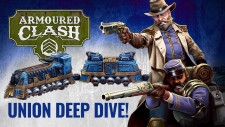



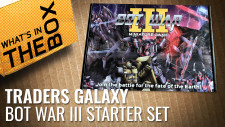


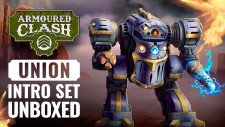




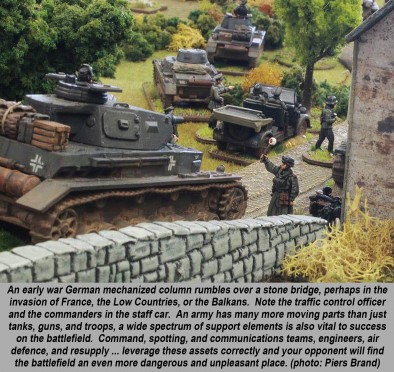
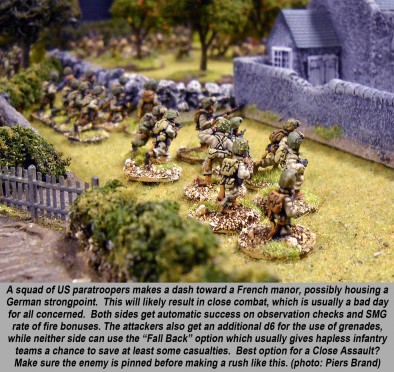
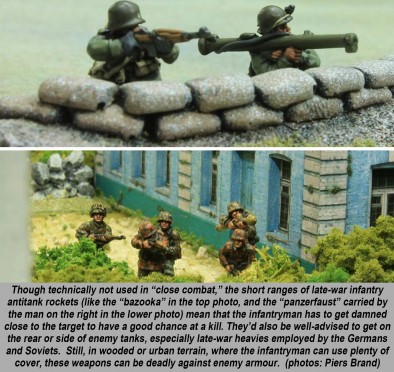
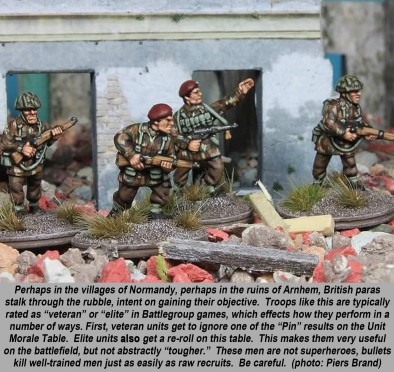
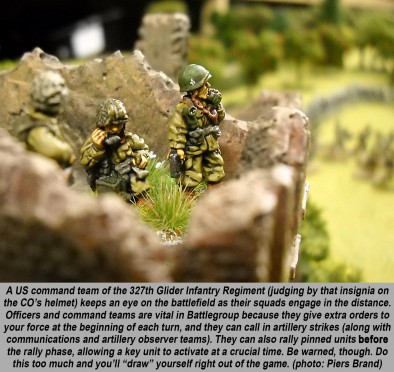
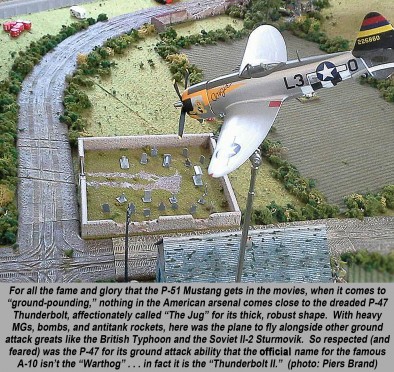
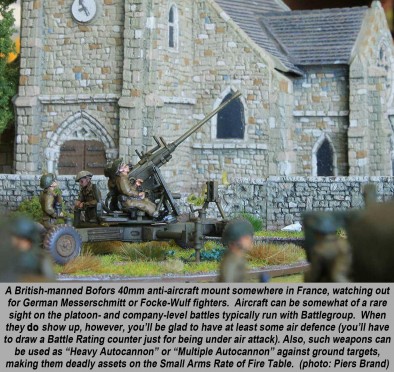
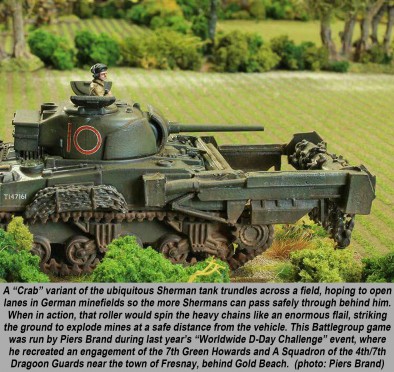


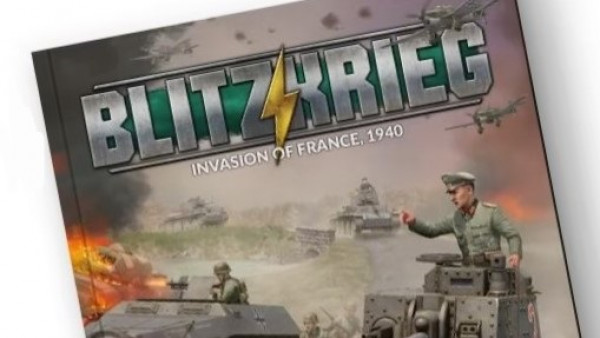
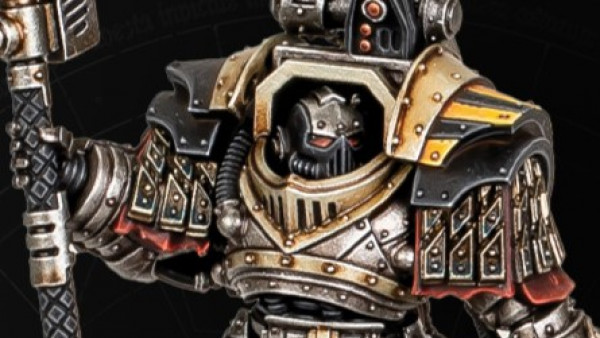
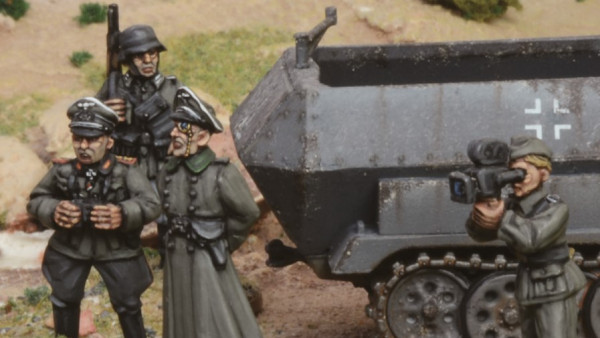
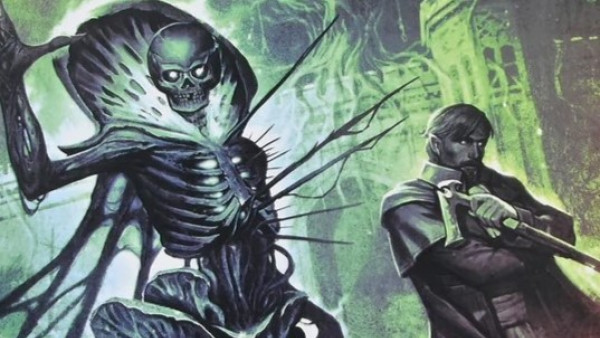
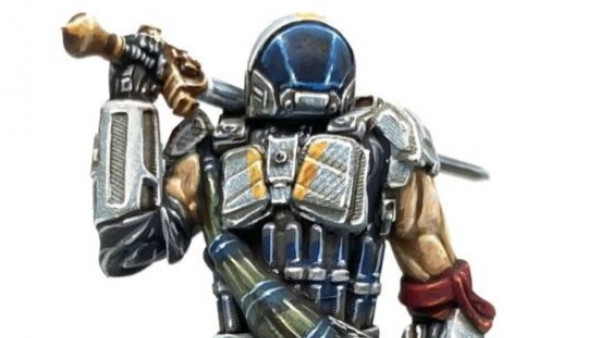
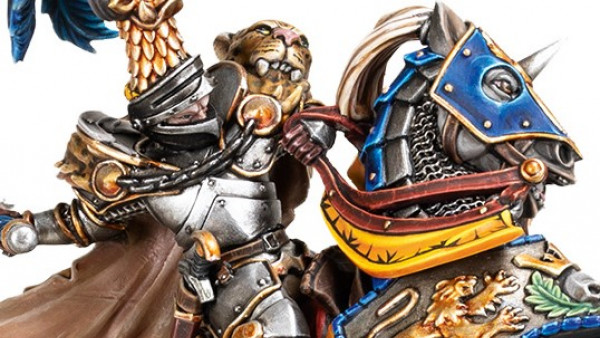


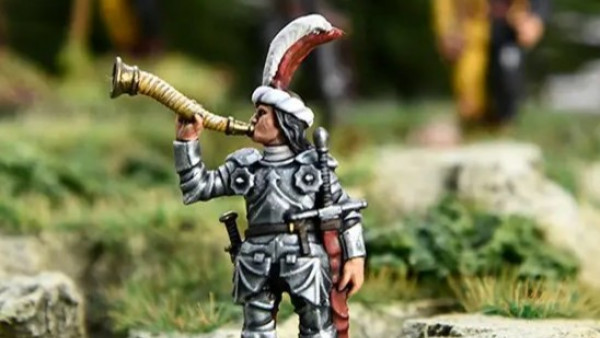

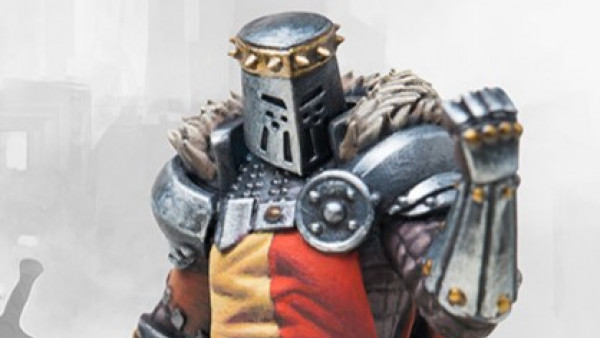

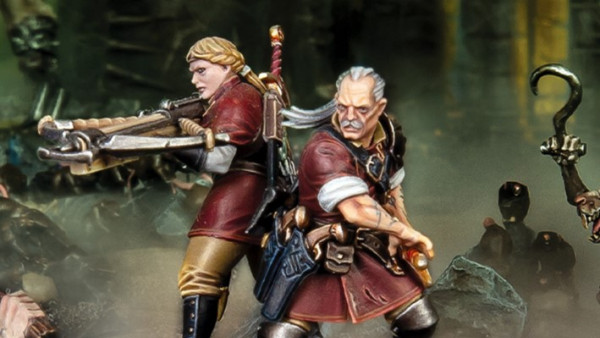


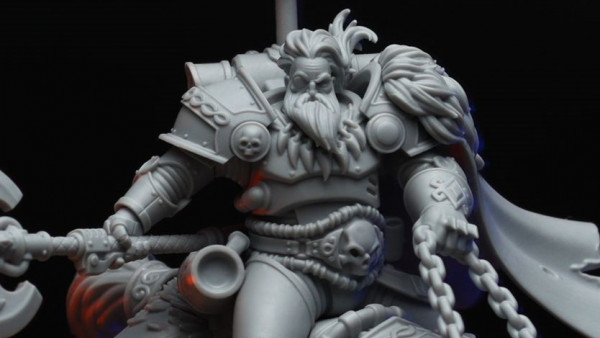
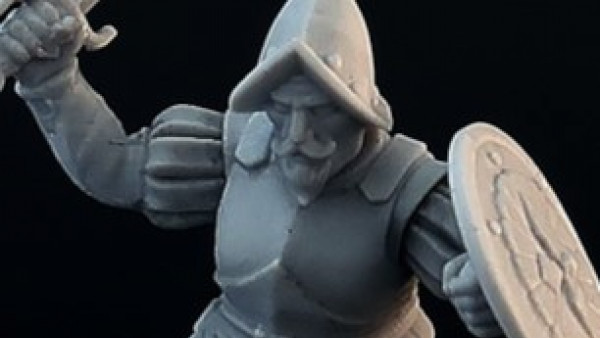


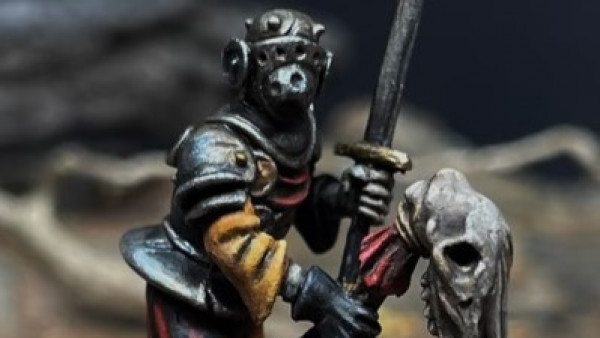
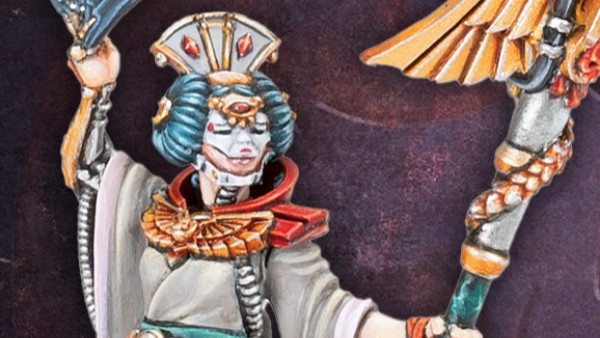

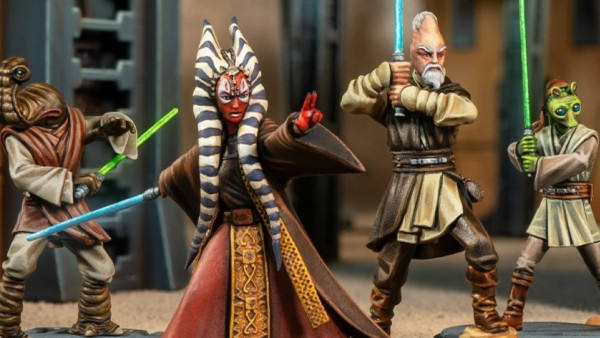

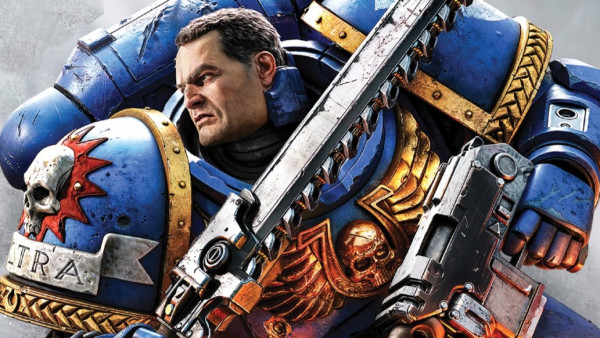
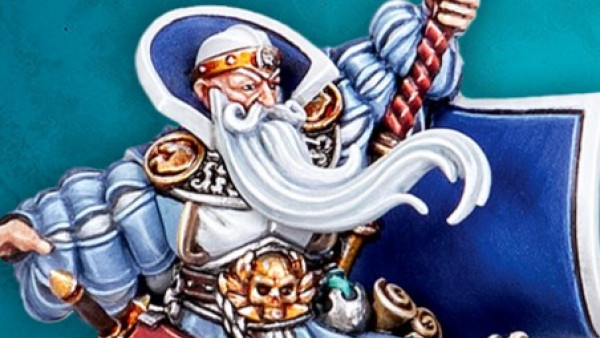

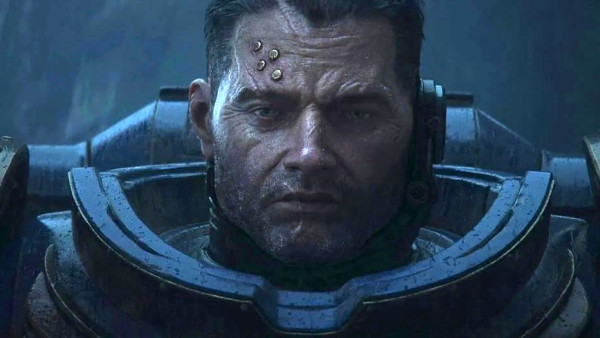

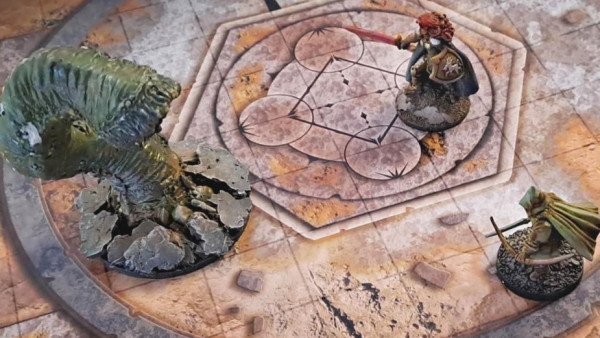
Fantastic series, this is definitely winning me over 🙂
As a question is it possible to have air cover with a fighter of your own, ready to engage the enemy plane.
Perhaps using the air-strike token if on a 5+ same as it appears to attack ground but come in with a strike v enemy aircraft. Or something like that, could be a theater option where a force has air superiority and a patrolling plane comes in during the fracas.
Be rather like the scene in Patton where a German plane is shot down by a fighter during the showcase battle.
Thanks, @admiralandy . 😀 Okay, the short answer to your question is, to my knowledge, no. Aircraft don’t fight each other (i.e., in dogfights) over the troops while the ground battle is taking place. Again, maybe not the most exciting answer, but again … one of the many things Battlegroup gets right. Air power just doesn’t work that way in actual combat 99.9% of the time. In the vast, mast majority, by the time ground troops have closed to combat, one side or the other has won control or is at least dominating the sky. From the platoon / company… Read more »
Well I once shot down Woz’s Soviet spotter aircraft with an arriving ME109…
Oh, so it IS “possible?” At least for spotter planes (which CAN be bought with army lists). I’m trying to figure out if there’s another way two opposing aircraft can be on the table at the same time.
I presume your Bf-109 just made an MG attack, resolved as “antiaircraft” fire?
Yer we just treated it like any other AA unit firing at it. Only ever happened once in all these years.
A top notch article. 🙂
Thanks very much, @yavasa . 😀
Another job well done. Tempting, but if I get into one more system, both me and my miniatures will find ourselves at the curb.
If that ever happens, @cpauls1 – there’s always a spot down here in sunny South Florida for you. By “spot” I mean raggedy couch … at least until @gladesrunner throws me out too. 😀
Ditto, especially if you’re looking at a Trump administration. I’m already digging the air raid shelter. 🙂
God, please no. Please Jesus, no. I have people ready to put me up in the UK, Ireland, and Canada now. 😀 Not that any of us will be safe if that spoiled, condescending, entitled, racist, obtuse, misogynist, psychotic white-collar thief and criminal ever gets in.
That was the nice part of the post.
*** rest of comment edited out after several drafts. *** 😀
@oriskany maybe thats something i’ll try house ruling as and when I get round to playing this, or maybe the air-strikes cancel as you’ve mentioned.
Just seemed like could be a real cinematic moment ala Patton, maybe I’ve watched that movie once too often 😉
Especially as odds are against it happening.
Indeed, @admiralandy – there will always be exceptions. But by and large I feel control of the skies is usually one way or another before the ground combat really gets started, especially down on this close-in, intimate, immediate scale. Other games like Avalon Hill’s Arab-Israeli Wars had occasional scenarios in the 1956 Sinai War and 1973 Yom Kippur War where the Israelis had general air superiority, but not complete supremacy. Boiled down (and just an example here), the Israelis would have 12 air strikes and the Egyptians would have 8 or something. The Israeli player could, at his option, use… Read more »
I am glad to see this article series on BoW. Battlegroup is an excellent game that deserves more play and recognition than it is getting. The creators aren’t professional game designers, just hobbyests doing this in their spare time and they are A-okay in my book for that.
Couldn’t have said it better, @georgewashington1794 . I think what we see with some of the other big games that are out there, the ones that are produced by “professional” designers, is that they have to sell a certain number of units or hit certain commercial targets. They have to aim at a wider audience. And I think this sometimes leads to designs that unfortunately “watered down” a little, in my humble and honest opinion. Sure, they enjoy great commercial success, but they’re not WW2, at least not to level that Battlegroup is. Certainly not all games, and again, just… Read more »
Yer… Ironfist/Battlegroup is just me and Warwick. To be fair its 70% him as he does the hard work! 😉 We always had one overiding ethos with Battlegroup and that was to make a game we wanted to play. That enthusiasm is what drives the creation of the books. The design, the way they look, the content, all reflects what we like to see in books and how we want our hobby to be, and indeed reflect our other interest in military history. But we only have one rule with regards the game that trumps all else – Fun. The… Read more »
Bridge demolition and repair is in the rules ?
Cool.
This always sounded like a pretty tricky scenario to recreate on tabletop :
http://oisterwijk-marketgarden.com/the_bridge_at_son.html
I do wonder what advantages a team with a traffic control officer has in table top games.
If the previous articles hadn’t convinced me to look into these rules then this one most certainly did.
Thanks, @limburger – to be more precise: Bridge laying: short bridges (up to 5″ table-inches of water), I’m guessing the kind of bridges carried on the hulls of specialist engineering armored vehicles. Longer bridges are possible depending on how many trucks the engineering unit has. Each turn of unmolested work allows a bridge of 2.5 table inches to be built. Given how long most games last . . . I think the Son Bridge took, I dunno. Hours. I’m not gonna look it up and I’m not gonna make a guess. Longer than a BG game, I suppose. Damaged or… Read more »
They’ve used a bailey bridge, which (according to the wiki : https://en.wikipedia.org/wiki/Bailey_bridge ) doesn’t appear to require specialist engineering vehicles. And it is more like a small canal so it might be possible.
If that doesn’t scale within the timespan of the game then it’s probably best treated as an objective that must be held at the end of the game.
Indeed, @limburger – A Bailey Bridge is what we all remember from the movie A Bridge Too Far. I just didn’t know if it was really a Bailey Bridge (you can never trust movies 100%, you know) and people are having fun shooting holes in my narrative today. So I didn’t want to take any chances. 🙂 You are correct, a Bailey Bridge (both in real life and in the game) seem to require only heavy trucks (p. 54 of the Battlegroup core rule book – before another sniper shot cracks out of the cheap seats). A heavy bridge unit… Read more »
It’s not a really wide crossing according to the photos at the site I mentioned :
http://oisterwijk-marketgarden.com/the_bridge_at_son_photos.html
It’s suggested that they didn’t destroy the entire bridge because that would deny the enemy cover while attempting to repair.
It looks like this would be possible for unit that has one or two trucks (or the equivalent in improvised material).
It wasn’t good enough for ‘heavy’ tanks, which is why they replaced it with a bailey bridge the next day.
See, that’s why I never trust movies, @limburger . In the movie A Bridge Too Far they make it look like the whole bridge blows up. and they spend the next 10-12 hours rebuilding it / replacing it with a Bailey Bridge. 😀
@oriskany: “The plane get a full “Open Fire” order on its selected target, unleashing two fire actions with its listed weapons.”
The reference to ‘Open Fire!’ I think is just a colorful way of saying they get to fire. I don’t believe it means they use the ‘Open Fire!’ order.
@piers can verify, but my understanding is that attack aircraft can only move and then fire once, not twice.
Attack aircraft take the ‘Manoeuvre and Fire’ order, not the ‘Open Fire!’ order.
Aerial Observation aircraft can move and use the ‘Request Artillery Support’ order.
Yep… an aircrafts first action is always move… kinda have too…
FIrst, I don’t know if it was oriskany’s, piers, or brennon’s idea, but I LOVE the choice to use a black and white photo for the article cover. I gives it a 40’s news reel vibe.
Second, @oriskany I see what you mean about Battlegroup really being a WWII game. As that era is not my be all end all, this might not be a game I go out and buy for myself. However, if I’m in the mood to play some WWII skirmish action I would definitely try to team up with whomever has this game.
Thanks, @gladesrunner . 😀 The idea was @lancorz – he’s been doing a lot of the supporting graphics for these articles front page and magazine upgrade layout for backstagers) and really doing an amazing job).
Shucks *Blush
Yer I’m robbing that image for my next Overlord AAR…
😀 How can you “rob” it? It was originally your image. 😀 😀
nice, so damaged vehicles can be repaired a nice touch and reloaded.
Yeah, @zorg – there are three general things that can happen in relation to your comment. Repair: A unit has to have the “Repair” special ability, and start its turn “in contact” (I’m assuming that means adjacent) with the immobilized or destroyed vehicle. To fix an immobilized vehicle, a 4+ roll is needed. To fix a destroyed vehicle, a 6+ is needed, and only two attempts are allowed. Recovery: Tow it off the battlefield. You still lose the unit, but a randomly drawn BRC is taken from your pile and take one step back from losing the game. Re-Supply: Units… Read more »
can any vehicle tow a damaged one or is a recovery vehicle required? @oriskany
Sorry I didn’t reply earlier, @zorg , I had to get home and look up this rule to be 100% sure. According to the core rule book, a vehicle has to have the “Recover” rule to tow a vehicle to safety (i.e., a specialist vehicle). I just wasn’t sure because (as I’m sure you know) most tanks go into combat with some kind of tow cables and you read about tanks towing other tanks, etc. So it’s actually a really good question. I guess combat tanks towing other combat tanks is something that’s done after the battle, not while the… Read more »
I an assuming the towing vehicle must be of equal or greater weight/strength as the disabled vehicle.
The rule doesn’t say specifically. Makes sense, though. 😀
was thinking of the trouble of the tiger tanks having to be towed by the three halftracks at the time a nice slow target to get.
Ah yes, @zorg – you’re talking about the “Famo” prime mover heavy-lift halftrack 😀
Are those tables or real action shoots ? 😉
Great stuff guys
Think all of those pics are from games except the one of the 15mm British Airborne which is the image I did for the PSC box art.
This series needs to culminate in a nice video battle report!
Thanks, @rasmus and @syaped . 😀 I’ll have to let Piers answer about the photos.
As far as battle reports go, Piers puts photo / essay reports in the forum threads (I think “Crossing the Bridge at Stavelot is his latest). A video battle report would be great too, maybe if we can get one of the Battlegroup guys to a propsective Operation Zeus event at Beasts of War. Who knows?
Meanwhile, there are a few videos floating around YouTube. 😀
https://www.youtube.com/watch?v=01_d3YaPgBw
Another great read! I’ve in the meantime ordered some extra equipment for my Brit breaching group (SBG bridge, D7 bulldozer) and some landing craft so I can give the beachhead scenario from BG Overlord a go!
Thanks very much, @neves1789 . 😀 And awesome news about the SBG bridge (that’s the bridge carried on the back of a modified Churchill infantry tank, if I’m not mistaken) and the bulldozer. A lot of gamers, I guess myself included, too readily dismiss those kinds of support vehicles. I definitely used them heavily in my WWDDC Juno Landings scenario (along with Royal Marine Centaurs, DD Sherman “Crab” Flails, Churchill “Crocodile” flamethrowers, nd of course the Churchill AVREs with the flying dustbins) . . . but that was a hex-and-counter game. Always easier to make new counters than it is… Read more »
My Croc is the only model that has a morale effect on other players as well as their figures… 😉
I know people type “LOL” a lot, but I literally laughed out loud at that. I can see the special rule now:
Special Ability Player Horror
When first deployed, the Crocodile may, at its option, roll a 4+. A success on this roll causes the opposing player to flee the table / club in a mad panic, possibly while yelling: “Please don’t set me on fire!”
It’s caused a rout when it’s turned up before now…
Managed to clear an entire platoon out of a village without firing a shot.
It us a scary beastie though… Especially when you have only a few BR left and it makes a beeline for your infantry who have already used their Panzerfaust…
Funnelled them out of the village into a crossfire from a supporting infantry platoon and some MMGs… plus some 4.2″ mortar fire to keep them running for cover.
“Especially when you have only a few BR left and it makes a beeline for your infantry …
I’ll say. Plus there’s that BRC you have to draw right off the bat when the unit is attacked by flamethrowers the first time. That flame weapon’s almost certainly going to destroy or rout the infantry squad, so it’s almost guaranteed to compel two BRC draws.
Great article @oriskany . Battlegroup is such a goood game as real tatics work.Then there’s the game within the game of battle chit pocker. Then there are the “water cooler moments” when a event token turns up, my favorite one is the minestrike tennis. You pick up a minestrike token, place it on a enemy vehlcle and rolll the dice and of course you get a 1 so it goes to your opponment, who then throws a 1 as well !!
I shall always remember the Mine Strike that had four 1s rolled for it…
Talk about mass panic! 🙂
Thanks, @figure11 – I know what you mean about the “cinematic” moments. I’ve never had a game of “Mine Strike Tennis” like you and @Piers describe, but I have had … 1) An American bazooka team take out a Soviet tank (World War 2.5 campaign last year) with ambush fire. 2) The Soviets draw a BRC. “Beyond the Call of Duty!” The next tank (JS II) makes his roll and takes an double Open Fire order, destroying at least two American Shermans. 3) Americans draw their BRCs, one is “Breakdown!” which they play on the same tank that just went… Read more »
great article again guys thanks! It seems like the article series is getting a lot of attention, it could be a coincident but I just wanted to order the BG Overlord campaign book bundle with Wacht am Rhein but the Overlord book is sold out. 🙂 I was to slow! Well another time than. 😉
PDF of Overlord will be up for sale soon…
Still copies with other retailers… or at least there were!
Thanks, @donlou . 😀
A great brief of the Close Assault and special rules @oriskany and @piers. I think it is fundamental of the human condition to organise and classify where there is no order to classify. A question I was always asked myself is that in war where does range fire end and close assault begin. Should it start when the 2 sides are within thrown grenade range or should it start at carbine / SMG /pistol range or when steel tears into flesh? Perhaps there should be ranged fire, near assault and close assault phasing. But would this add or distract from… Read more »
Great post. @jamesevans140 . You write: A question I was always asked myself is that in war where does range fire end and close assault begin. One of the great things about Battlegroup is that as soon as an infantry squad comes within 5″ of an enemy unit, it can declare a close assault (assuming it makes the troop quality check, of course). Of course, you still have the option to really cut loose with close range small arms fire instead. So it’s like the game is deliberately leaving it a little nebulous and letting you, the player / commander,… Read more »